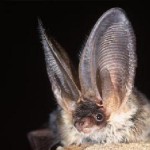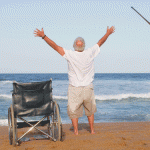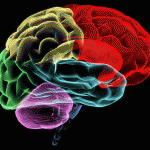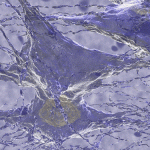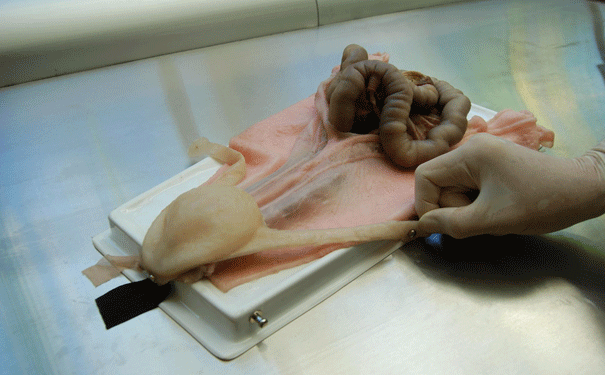
The model contains accurate organs and fake blood. Image: The University of Sydney
Veterinary science and Matrix know-how has created a cutting-edge model that will put an end to unrestricted breeding of cats and dogs.
Studio Kite, a company that worked on The Matrix (Andy and Lana Wachowski, 1999), has developed a lifelike model of a medium-sized dog to help University of Sydney veterinary students improve their surgical desexing skills.
Students currently learn these skills through lectures on the theoretical aspects of surgery and practising correct instrument use and knot tying using rubber and foam blocks. They then progress to live animal surgery under strict supervision from surgery staff.
“These models have been developed to simulate the experience of operating on a real patient and in our estimation provide an experience very like that of operating on a live animal without the accompanying risk to the patient and the pressure on the surgeon that that engenders,” Associate Professor Max Zuber says.
Studio Kite worked on the famous goo scene in The Matrix, where we find out that humans are living in pods, and use a range of materials to provide a variety of texture, elasticity and colours in their creations. To design the model they first spent time learning about a dog’s abdominal anatomy.
“As they started to create the internal organs we tested them out for feel, elasticity, strength to failure, to try to replicate these characteristics in things like the uterus, ovaries and bladder of a dog,” Zuber says. “This process went on for something like a year before we achieved our goals and a first prototype was developed.”
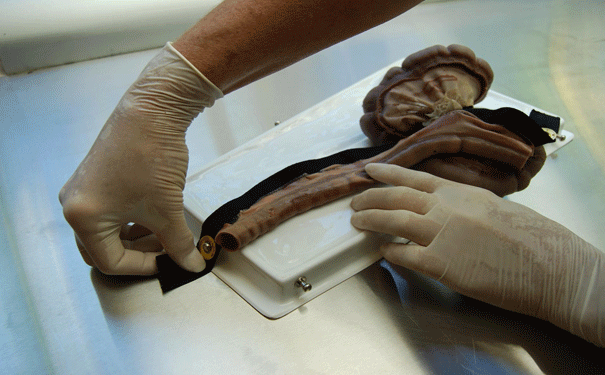
The model can be disassembled after use. Image: The University of Sydney
The model consists of moulded plastic, with indentations that represent the vertebral column, kidneys and large intestine. The abdomen itself includes an intestinal tract, the bladder and a disposable female reproductive tract, so the model can be reused.
The technology could be used to train veterinarians in a range of soft tissue surgical procedures, according to Zuber. “Over the last few years there have been great strides in the development of clinical skills laboratories for training our medical colleagues and these models could also be used in this context for human surgical training.”

